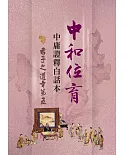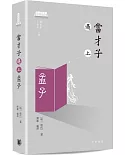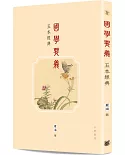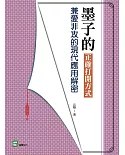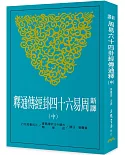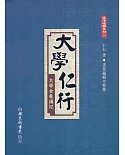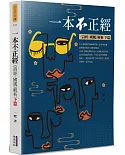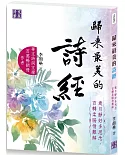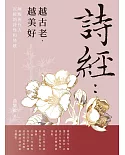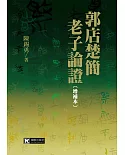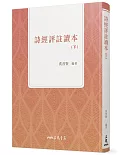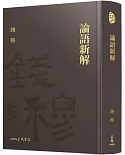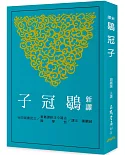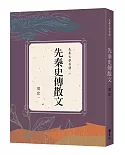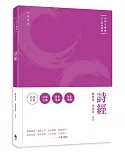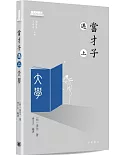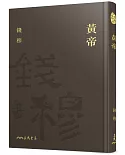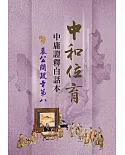Preface(excerpt)
Knowledge organization is a comparatively new academic field that studies the theory, conduct, and technologies of the organization of knowledge, however defined. Markedly interdisciplinary,
it draws insight and methods from a wide range of domains, including classification, philosophy, anthropology, linguistics, psychology, cognitive science, and computer science. How human beings
organize knowledge and knowledge products has, in effect, taken significant spotlight in almost all areas of intellectual pursuit. Bibliography is the field that investigates books. Its
importance and usefulness in human history have always been and continue to be evident. For thousands of years, practitioners of bibliography have endeavored to compile lists of books as aids
to learning and research. Scholars, book collectors, and book dealers, on the other hand, have contributed to a large body of literature that describes and analyzes individual books as well as
their authors. The former claims the territory of enumerative bibliography and the latter belongs to analytical or critical bibliography. It should be noted that when we speak of books, we are
thinking of not just those printed on paper but also others created and disseminated by different technologies such as computing and embodied in other types of materials such as bamboo, wood,
and sheep skin. Besides, “book” is often a reference to the intellectual contents rather than their physical container. Whether it is concerned with books’ materials, production, technology,
and/or contents, bibliography has been recognized for its tremendous value to our society and culture.
This work deals with a topic—bibliographic classification—that stands at the intersection between bibliography and knowledge organization. More specifically, the project is about Chinese
bibliographic classification, which has a long history and tradition of its own, going back two millennia. Chinese bibliography resembles critical bibliography, incorporates key features of
today’s library cataloging and classification (a branch of enumerative bibliography), and shares significant common ground with intellectual history. It is its embodiment of all three areas
that appeals to me as a scholar. My personal interest in Chinese bibliography grew out of my training in cataloging and knowledge organization, the former a subdiscipline and the latter an
overlapping allied field of library and information science, my academic home. The questions about Chinese bibliography that grab my attention do not concern the accuracy of an author
attribution in a given bibliography, the varying opinions toward a certain work or author across bibliographies, the development and transformation of a particular philosophical school during a
given historical timeframe as reflected in selected bibliographies, or the appropriateness of the grouping of one or more thinkers in a bibliographic classification. Instead, my research
focuses on knowledge structures in this bibliographic tradition, a tradition well suited for such inquiries because of the prevalent and consistent application of the classified approach by
individual bibliographies. What most fascinates me are the ways in which individual Chinese bibliographies perceive and structure knowledge represented in writing.
In undertaking the present project, I have come to recognize my ancestors’ preference for the classified approach to the world. The Chinese written language, for example, is designed as a
large and complex classification scheme. Even to this day, most characters clearly contain a part, called a radical (部首, bushou), to indicate a class. My family name李, the plum tree, has the
radical for a tree (木); the first of the two characters in my given name 鶴, the crane, has the radical for a bird (鳥); and the second character in my given name 立, meaning to stand, is itself a
radical. In elementary school, students learn to use dictionaries that arrange entries by radical. Lacking an alphabet, the language itself excludes the utility of alphabetization, which makes
entry arrangement in bibliography a challenge. It is thus not at all surprising that, in premodern China, the classified arrangement was the sole method for organizing entries in bibliographies
and simultaneously served as a mechanism for retrieval. In other words, users of a bibliography learn to view the knowledge universe through the bibliography’s classification, which both
depicts knowledge categories and their relationships and restricts the ways in which individual texts may be found.
Compared to Chinese bibliography’s preoccupation with the classified approach, current, mainstream enumerative bibliography of all sorts exhibits a significantly lower level of enthusiasm
about the approach and, instead, prefers the alphabetical arrangement. American Charles A. Cutter designed and promoted the dictionary catalog with the alphabetical approach to replace the
classified catalog common in Europe at the end of the nineteenth century; the former has since been the model adopted in the overwhelming majority of library catalogs in the United States and
has spread to many parts of the world. This contrast between the two camps intrigues me. Why, I wonder, did the Chinese tradition persist with the classified approach for two thousand years?
What value or values did the Chinese see in this approach? What did they intend to achieve through this approach to bibliography, and to knowledge?
My curiosity about Chinese bibliography, however, did not emerge until ten years ago in 2005 despite having encountered it a few times in college as a Chinese literature major. In 2006, a
five-month Fulbright Scholar Research Award provided me with an opportunity to study traditional Chinese bibliography at Peking University in Beijing, China. The experience there led to a
realization that traditional Chinese bibliography remains parallel to its present-day counterpart with little crossover between the two. Not only do contemporary library and information
scientists, including Chinese speakers, pay scant attention to the Chinese tradition, Chinese bibliographers also isolate themselves from mainstream bibliographic research. As a result, I
saw a serious gap in both camps as well as exciting opportunities for new research. This book is the fruit of my endeavor accumulated in the past ten years. From the outset, I had a clear
vision for my research agenda: to investigate Chinese bibliographic classification in ways that are thought-provoking to library and information scientists and also informative to a wider
audience, including intellectual historians and sinologists who have long shown interests in knowledge structures reflected in bibliographic classifications over time.
In undertaking this project, I have strengthened my love for learning and renewed deep appreciation for my own cultural heritage. The most positively startling thing I came to realize is how
Chinese thought has influenced my research. It is not a mere coincidence. First, this study called to my attention the emphasis of Chinese thought on relations and contexts; my education in
Chinese classical literature has in many ways steered me to think relationally and contextually. Second, the epistemic commitment of ru classicism (rujia 儒家; known as Confucianism to many) to
humanity and society informs my worldview. It is the reason that I perceive knowledge and knowledge organization as social. For me, research on knowledge organization systems, such as the
current study of a bibliographic classification, must thus take into consideration the social influences surrounding them. Third, the historicist tendency of classicism, which accentuates the
genealogy of thoughts and ideas, figures prominently in my approach to the present study. The selection of the very first bibliographic classification that established the model for later ones
seems logical and indispensable to me in my first step of an in-depth inquiry into the Chinese bibliographic tradition. More than ever before, I am convinced that our past experiences shape us
as researchers.


